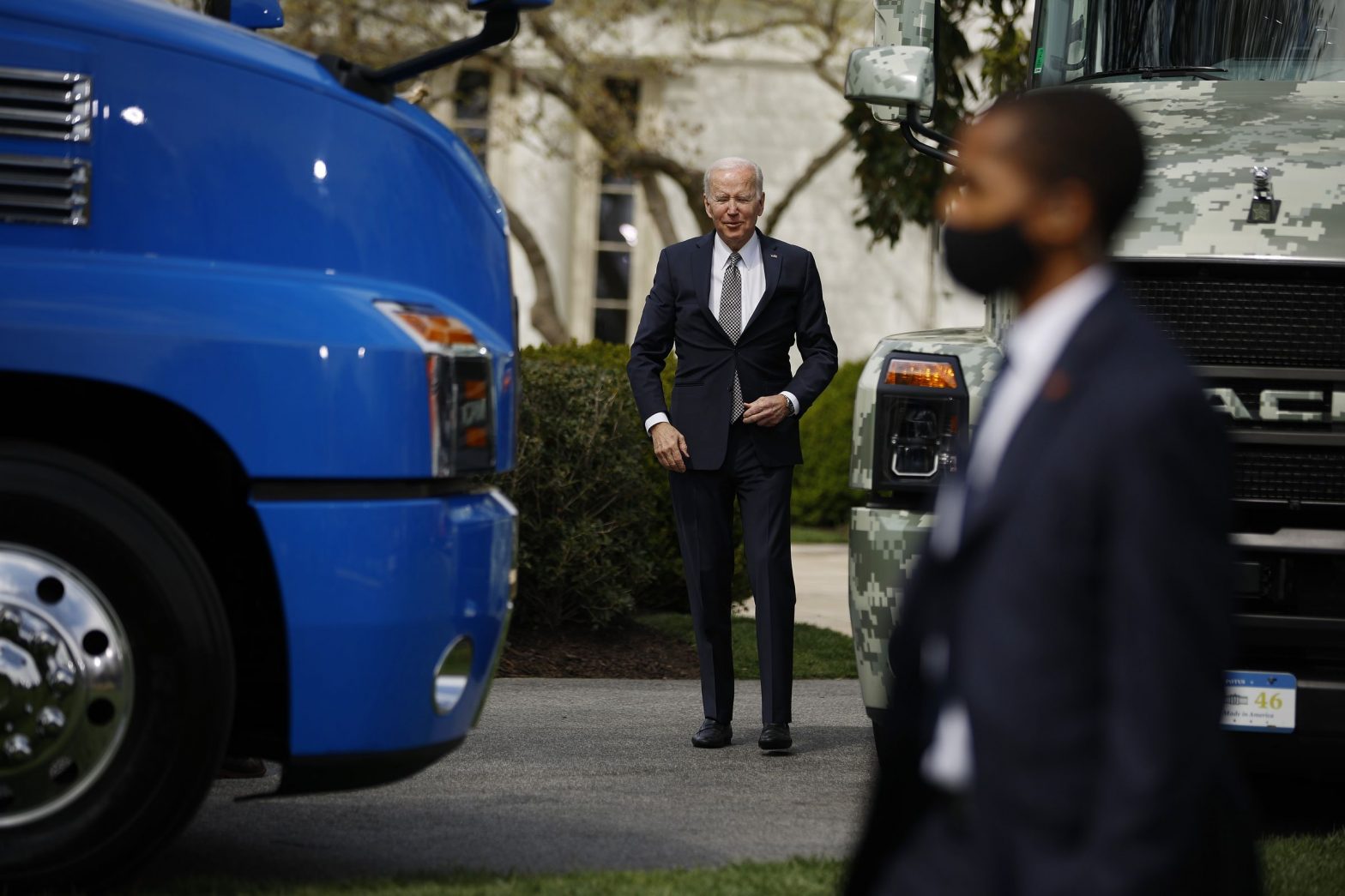/
Fuel economy will have to increase 2 percent per year for vehicles coming out between 2027 and 2031. But that’s less stringent than the original proposal.
Share this story
:format(webp)/cdn.vox-cdn.com/uploads/chorus_asset/file/25482185/1389547730.jpg)
The Biden administration released another vehicle emission rule that was not as strict as the one the president originally proposed.
Under the new rules, fuel economy will increase 2 percent per year for model years 2027–2031 for passenger cars, while light trucks will increase 2 percent per year for model years 2029–2031. According to the National Highway Traffic Safety Administration (NHTSA), these increases will bring the average light-duty vehicle fuel economy up to approximately 50.4 miles per gallon of gas by model year 2031.
That’s less ambitious than the rules President Joe Biden first proposed in 2022, in which passenger vehicles would be required to achieve an average of 55 miles per gallon by 2026. And in 2023, NHTSA proposed boosting the Corporate Average Fuel Economy (CAFE) requirements by 2 percent per year for passenger cars and 4 percent per year for light-duty trucks from 2027 through 2032. Those figures have now been significantly reined in.
It mirrored a similar move by Biden earlier in the year to adopt new automobile standards aimed at slashing greenhouse gas emissions in half by 2032 while also allowing automakers to meet their targets at a slower pace than originally proposed.
The auto industry praised the new CAFE standards, calling them “good and appreciated,” while also questioning whether they were still needed in an industry barreling toward electrification.
Some environmental groups grumbled about the less stringent standards, but most agreed the rules would result in less pollution and cleaner cars.
“NHTSA’s new fuel economy standards will improve gas mileage, ease the burden of high gas prices at the pump for American families, and slash our nation’s oil consumption,” Katherine García, the director of the Sierra Club’s Clean Transportation for All Campaign, said in a statement. “With these new standards, auto manufacturers will have to deliver cleaner, more efficient vehicles.”
While fuel economy in the US has improved over the years, we are still falling short of what’s needed to meet fast-approaching deadlines. America’s love for large trucks and SUVs has resulted in automakers falling behind their competitors when it comes to getting more miles per gallon of gas.
